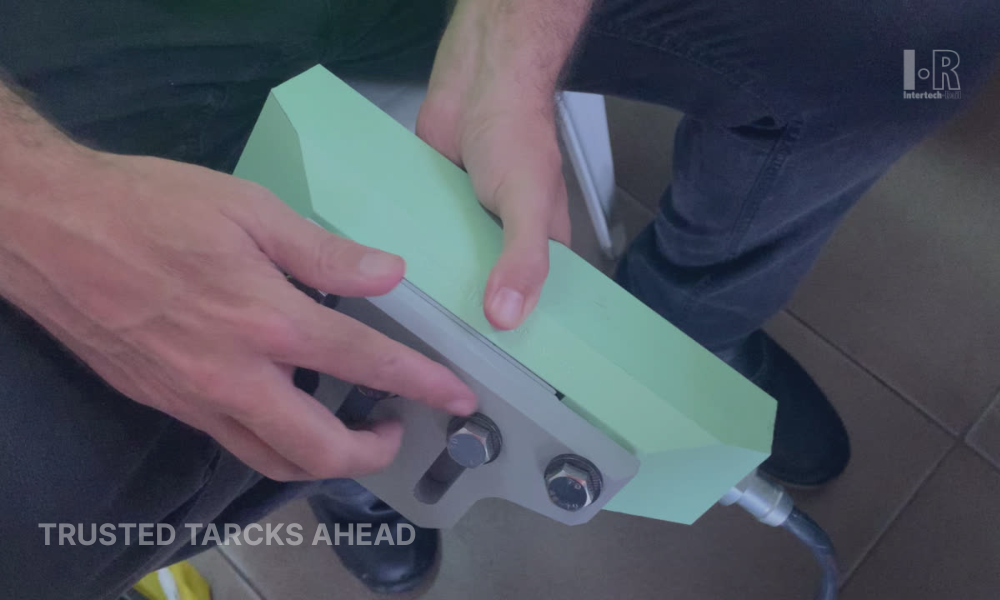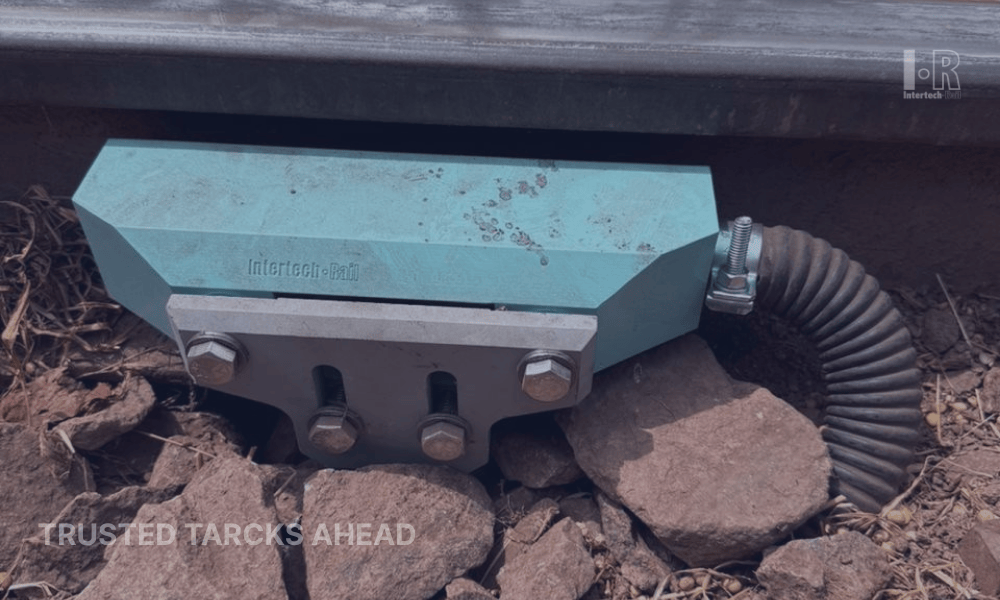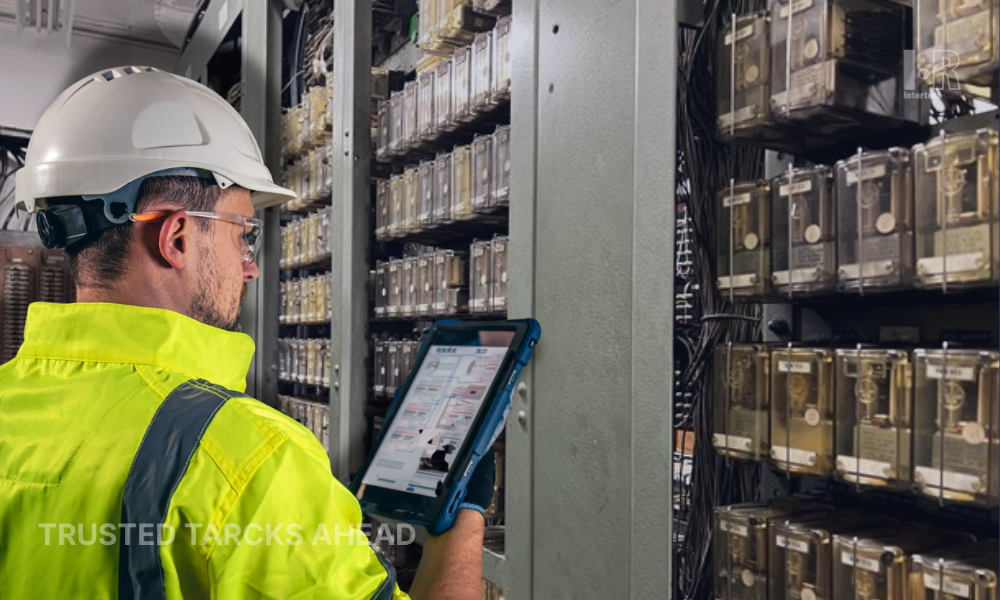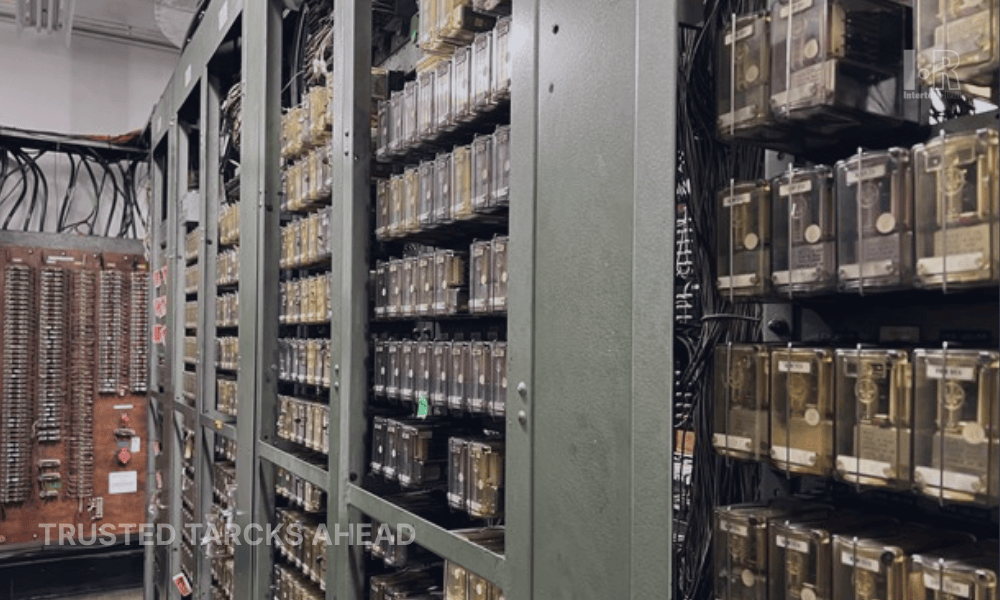Train Derailment Prevention
Train Derailment Prevention: Advanced Detection Technologies and Risk Mitigation Strategies

Practical ways the rail industry tackles derailment risks with monitoring and field data
Understanding Derailment Causes and Risk Factors
Ask anyone who has worked on the track: derailments don’t come out of nowhere. They usually start with small issues. A loose fastening, a damaged wheel, or a section of rail that shifts under stress. Over time, those details add up. The most common factors are well known. Track defects, poor drainage, and worn components create weak spots. Weather adds pressure too: heavy rain softens the ballast, heat bends rails, and cold makes steel brittle. Human error still matters, especially when inspections are rushed.
So, train derailment prevention
begins with spotting these weak points before they turn into real failures.
Detection Technologies on the Ground
Field teams today rely on a mix of
detection technologies
to see what the human eye often misses. A few examples engineers deal with daily:
- Wheel impact load detectors
flag wagons that hit the track too hard.
-
Hotbox detectors
catch an axle bearing starting to overheat.
- Acoustic sensors pick up the early “click” of a cracked wheel.
- RFID and AEI units tie each alert to the exact wagon and train.
- Acoustic sensors pick up the early “click” of a cracked wheel.
- RFID and AEI units tie each alert to the exact wagon and train.
In practice, the system is simple: detect, identify, and act. If a detector goes off, the control center knows which train, which wagon, and where it happened. That link between data and response is what turns sensors into real
railway safety tools.
Risk Mitigation in Day-to-Day Operations
Detection is one side of the story. What matters just as much is how operators respond. On the ground, crews follow strategies that balance safety with keeping trains moving:
-
Maintenance based on condition, not just fixed intervals.
-
Temporary speed restrictions
when the track is wet, hot, or unstable.
-
Training for frontline staff
to act fast when a detector alarm sounds.
-
Redundancy in monitoring, so one failed sensor doesn’t blind the system.
Most engineers will tell you that derailment prevention isn’t about one big fix. It’s about catching the small problems, the ones that, if ignored, grow into something far worse.
How Systems Work Together
What makes modern
train derailment prevention
effective is the way these technologies connect. A hotbox detector is useful, but when its alert is tied to RFID identity, the operator knows exactly which wagon to pull. A wheel load detector paired with axle counters shows whether the issue is isolated or part of a larger pattern. The more the systems talk to each other, the more reliable railway safety becomes.
Why It Matters
Derailments cost more than money. They damage trust, delay networks, and draw regulatory pressure. That’s why railways keep investing in detection technologies, not just to tick a compliance box, but to prove the network can run safely day after day.
Suppliers of sensors, communication units, and identification devices, such as Intertech Rail, sit in the middle of this process. Their equipment feeds the data that keeps train traffic predictable and safe. In the end, preventing derailments isn’t about one signal or one tool; it’s about a chain of checks, from field sensor to control room, all working together.





